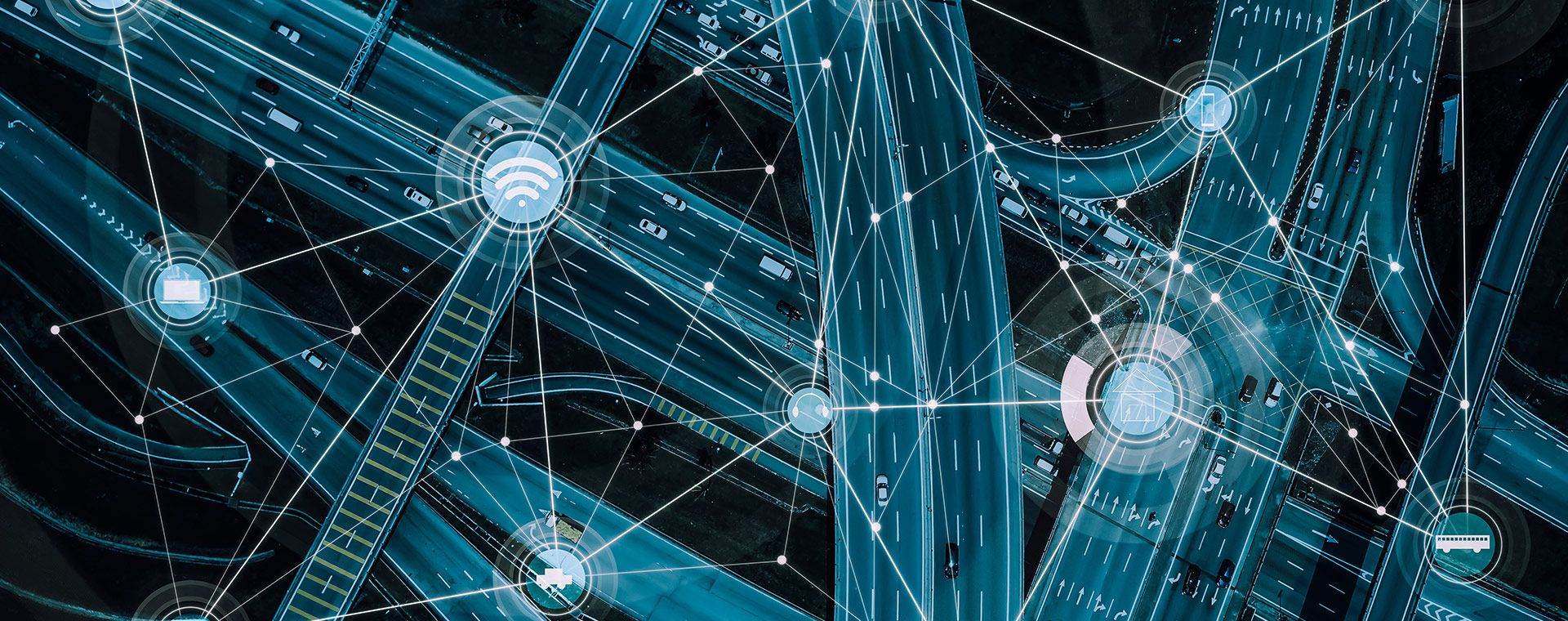Edito
ITS (Intelligent Transport Systems)
Intelligent Transportation Systems: It’s time to rethink the way we define ITS
-
Zeina Nazer
Co-founder of Cities Forum, and Vice Chair of ITS UK Road User Charging Forum

The transportation sector is constantly evolving. And so should our understanding of Intelligent Transportation Systems (ITS).
While the terminology has changed over time, the overarching principle of these systems remains the same: providing real-time traffic information to riders for smoother trips.
If we take a step back, we’ll see that our need to optimise traffic was the catalyst in rethinking the way we design highways. This paved the way for high-occupancy toll lanes — also known as HOT lanes — in California. Designated to encourage carpooling, these roadways exempt cars with three or more riders from tolls.
Therefore, discourse around ITS and toll roads must emphasize social justice concerns. The implementation of such systems is inextricably linked to social considerations and consequences for low-income users.
On another note, we must keep in mind that enhancing road transportation isn’t always synonymous with building more roads. Providing more road capacity to alleviate traffic congestion actually creates more demand — and therefore brings more cars to highways.
Rather than building new lanes, we must focus on redesigning existing road infrastructure by providing efficient alternatives to cars. Micro-mobility solutions, which fall under the umbrella term of “ITS”, have become increasingly attractive mobility solutions in Europe. Ultimately, the best way to reduce traffic congestion is not by widening our roads but by investing in public transportation and other sustainable solutions to contribute to the “Net Zero” vision.
-
 Interview
Design
Interview
Design
In transportation planning, should cities be our top priority?
Zeina Nazer, Co-founder of Cities Forum and vice president of ITS UK Road User Charging Forum
-
 Interview
Cars
Interview
Cars
What encourages people to choose public transportation over private cars?
Van den Brandt Elke, Minister for Mobility, Public Works and Road Safety within the government of the Brussels-Capital Region in Belgium
-
 Interview
Decarbonization
Interview
Decarbonization
How can we catalyze the transition towards carbon-neutral transportation?
Katarina Cséfalvayová, Co-founder and director of the Institute for Central Europe
-
 Insights
Biodiversity
Insights
Biodiversity
How can we integrate urban biodiversity into our transportation systems?
Darmet Pierre, Director of Marketing, Communication, and Business development at Les Jardins de Gally
Today, we are not just dealing with biodiversity loss; we are witnessing a true collapse. -
 Interview
Change
Interview
Change
How can we help people switch from car to public transport?
Madeleine Masse, Founder & President of Atelier Soil


